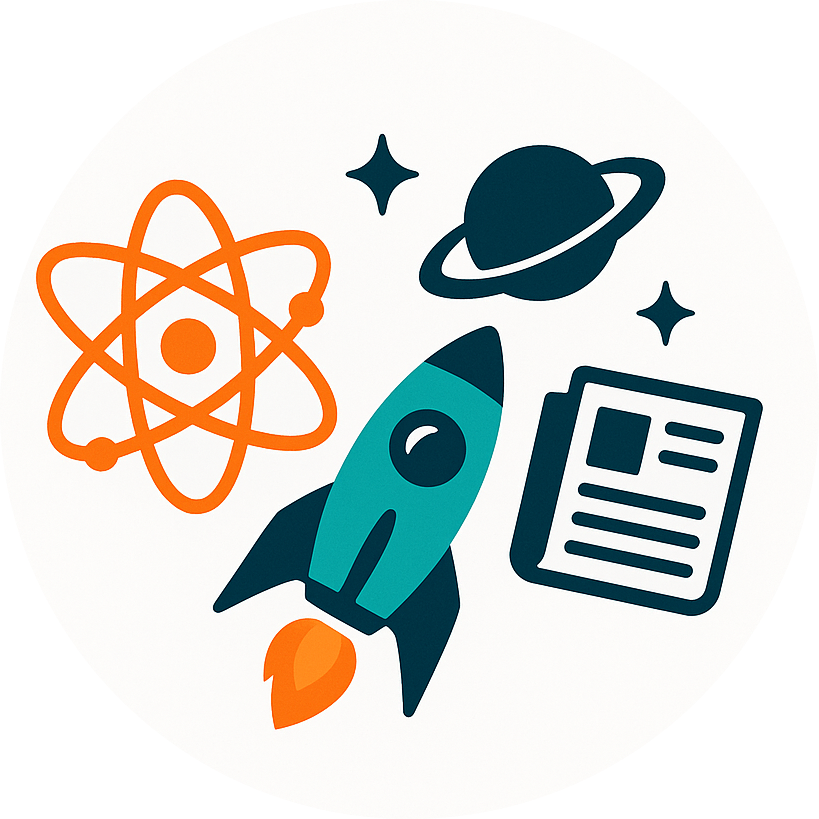
NASA’s Upcoming Artemis II Mission: A New Era in Lunar Exploration
In an exciting development for space exploration enthusiasts, NASA is set to launch its Artemis II mission in February 2026. This mission marks the first crewed mission in over 50 years to orbit the Moon, setting the stage for future lunar landings.
Look, we have had nothing but bad news recently.
Going back to the moon is cool.
The Significance of Artemis II
The Artemis II mission is not just about rekindling the adventurous spirit of the Apollo era. It is about paving the way for sustained lunar exploration and demonstrating NASA’s capabilities in human spaceflight beyond low Earth orbit. The mission aims to test key technologies and systems, ensuring they are ready for the challenges of a Moon landing slated for 2027 [NASA].
Artemis II will see four astronauts flying around the Moon, testing NASA’s deep space exploration systems in a critical journey that precedes the planned lunar landing missions. The mission is a testament to international collaboration and innovation in space technology, marking a significant step towards establishing a sustainable human presence on the Moon.
Artemis II Crew and Objectives
The astronaut crew for Artemis II features Reid Wiseman as the Commander and Victor Glover as the Pilot, supported by Christina Koch and Jeremy Hansen. These astronauts have been meticulously chosen for their expertise and readiness to undertake this historically significant mission [AmericaSpace].
One of the primary objectives of Artemis II is to validate NASA’s Space Launch System (SLS) rocket and Orion spacecraft’s performance with a crew on board. The mission will conduct a comprehensive flight around the Moon, providing essential data for successive missions that will put astronauts on the lunar surface.
Why February 2026?
The decision to launch in February 2026 follows NASA’s accelerated timeline, advancing the original schedule by two months. The revised schedule underscores NASA’s commitment to its ambitious lunar exploration goals and its adaptability in addressing and overcoming logistical challenges [Space Policy Online].
This advancement also reflects NASA’s confidence in the readiness of their systems and the rapid progress made in preparations. The Artemis II mission is a precursor to the more arduous task of landing humans on the Moon, incorporating lessons learned from extensive testing and analysis.
Broader Implications for Space Exploration
The significance of Artemis II extends beyond the lunar surface. It represents a pivotal shift in how international space exploration will be conducted in the coming decades. Not only does it enhance our scientific understanding of the Moon, but it also strengthens partnerships among space agencies globally, reflecting a shared commitment to pushing the frontiers of human knowledge and capability.
This mission is poised to reignite the excitement surrounding space exploration and inspire new generations of scientists, engineers, and astronauts. With its launch, NASA will take a giant leap toward achieving its long-term goals, not just in lunar exploration, but also in reaching further into the cosmos, including Mars and beyond.
Conclusion
The Artemis II mission is a beacon of hope and ambition, marking a new chapter in human space exploration. As we witness the return of humans to lunar orbit, our collective gaze turns towards the horizons of space exploration, where the Moon is but the first step in a grander journey.
Stay tuned for more updates as NASA prepares for this historic mission, rekindling humanity’s exploration of the Moon with renewed vigor and infinite possibilities.



